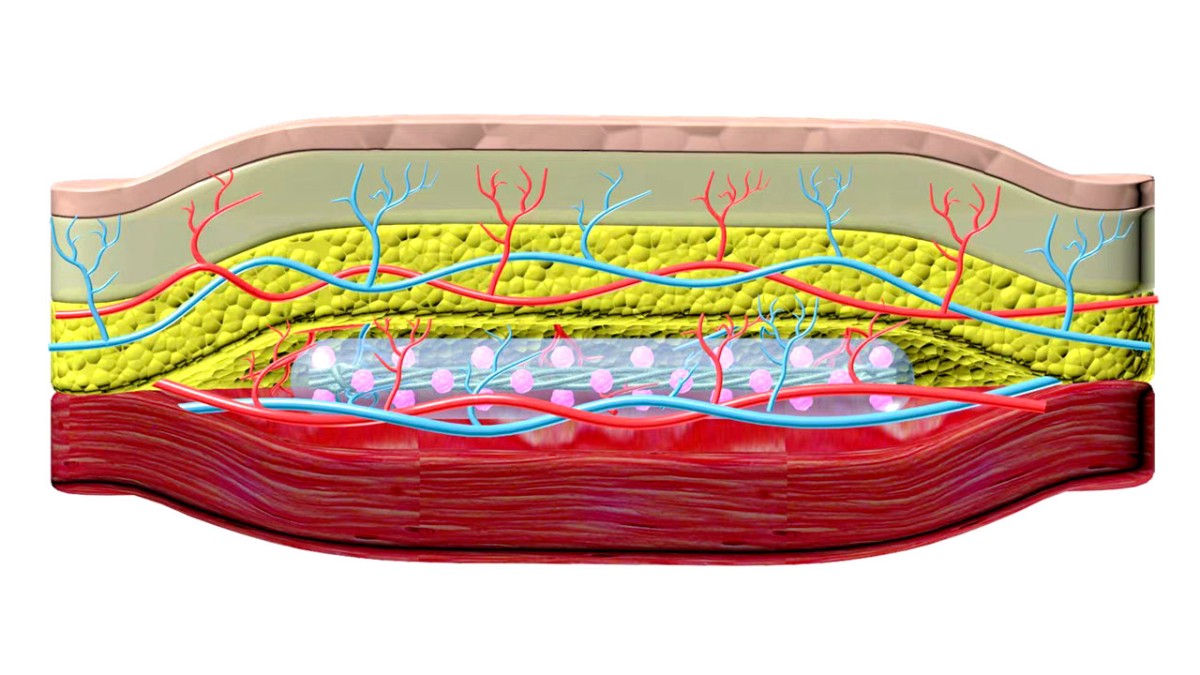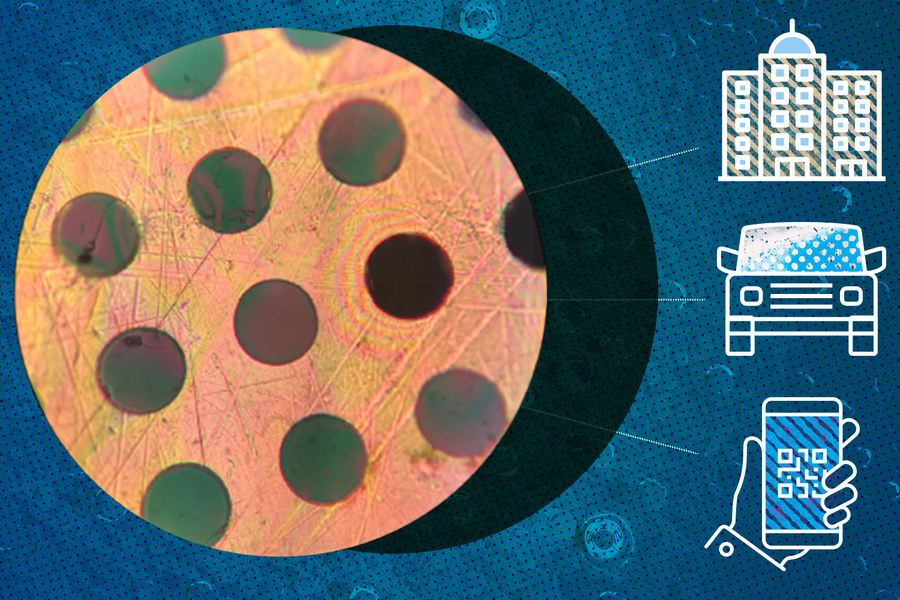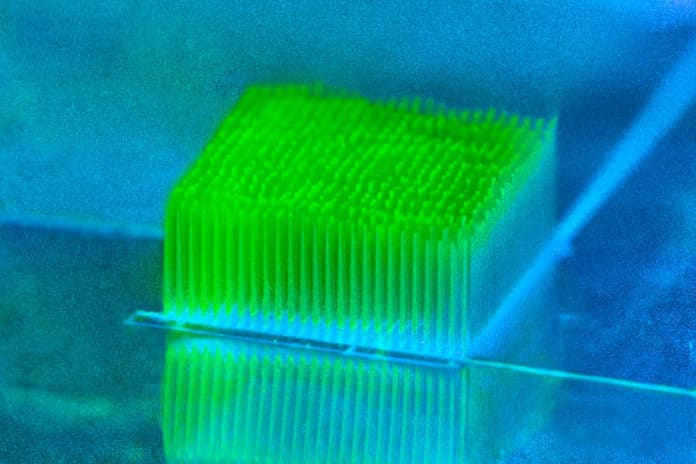Type 1 diabetes occurs when the body fails to produce adequate insulin, leading to elevated blood sugar levels. It originates from the immune system’s assault on insulin-producing cells in the pancreas, necessitating lifelong insulin administration through injections or pumps. This treatment aims to control blood sugar as well as prevent complications affecting the eyes, kidneys, nerves, and other organs.
Innovative Implant: Reversing Type 1 Diabetes without Immunosuppressants
Researchers at the University of Alberta and Cornell University have developed a groundbreaking alternative to insulin injections. This involves implanting a thread-like device under the skin, containing insulin-secreting pancreatic cells. This technique successfully reversed type 1 diabetes in mice without the need for anti-rejection drugs.
The project builds on an invention by Minglin Ma of Cornell —a detachable polymer thread with numerous islet cells covered by a thin hydrogel. This innovative thread can be inserted into a patient’s abdomen without triggering an immune response.
Ma’s implant attracted the attention of diabetes researcher James Shapiro from the University of Alberta. Shapiro, already engaged in developing a diabetes skin implant with similar characteristics, envisioned merging the two methods. The successful combination of these approaches marked a significant achievement.
The collaboration led to SHEATH (Subcutaneous Host-Enabled Alginate THread)
SHEATH implantation is a two-step implantation, it involves placing a nylon catheter under the skin, promoting blood vessel formation. After 4-6 weeks when the catheters are removed, the alginate-based device filled with islet cells is inserted into the created pocket, utilizing the surrounding vessels for oxygen and nutrient supply.





